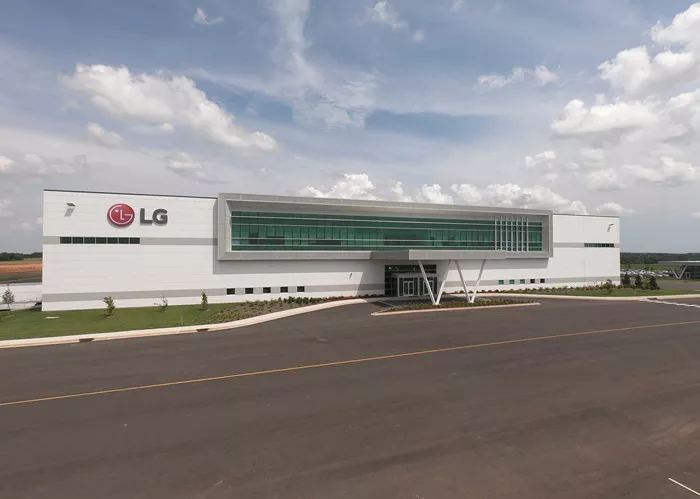LG Electronics is planning to scale back its manufacturing operations in Vietnam as part of a global shift driven by U.S. tariff pressures. This change could lead to higher prices for LG products in Australia.
The South Korean tech giant, whose Australian CEO Dan Lim is currently facing a possible Federal Court appearance over harassment allegations by the company’s former head of Human Resources, is reacting to recent tariff measures imposed by former U.S. President Donald Trump.
LG is considering moving more of its TV and appliance production from China and Vietnam to the United States and Mexico. This shift comes as the Trump administration’s tariff policy places increasing pressure on LG’s global supply chain.
The United States is LG’s second-largest market after South Korea. However, it is still unclear if higher material and labor costs in the U.S. will reduce LG’s profits or force the company to raise prices.
Australian consumers may continue to benefit from lower-cost LG products made in Vietnam or China, as these imports are not subject to major tariffs. But it is unknown whether LG plans to keep its Vietnamese production facilities alongside new U.S.-based factories.
LG recently announced it will invest $100 million to expand its appliance manufacturing in the U.S. to meet Washington’s trade demands. CEO William Cho, who previously served as LG’s managing director in Australia, said the company aims to produce refrigerators and ovens in the U.S.
LG also intends to increase production in Mexico, which remains exempt from the U.S. tariffs introduced in April. At the same time, the company plans to cut back reliance on Vietnam and Indonesia as manufacturing hubs for appliances.
“We are closely monitoring the risks associated with changes in U.S. tariff policies,” said Chief Financial Officer Kim Chang-tae during LG’s April earnings call. He added that LG is developing flexible strategies to adapt quickly to policy changes.
The U.S. has recently imposed 46% tariffs on Vietnamese imports and 32% on goods from Indonesia. Analysts warn that LG must act quickly to solve its U.S. tariff challenges, as its strong dependence on American sales of TVs and appliances could hurt its global business.
Analysts also caution that moving production to the U.S. may increase prices, risking a squeeze on the company’s profits.
Another major hurdle is the U.S. decision to double tariffs on steel and aluminum products to 50%. LG sources most of its materials from outside the U.S., which could make its American manufacturing more expensive.
Rising costs are already affecting LG’s performance. In the first quarter of 2025, sales rose 7.8% to US$16.6 billion, but operating profit fell 5.7% due to higher logistics and material costs.
LG has acknowledged that it may need to raise prices globally, including in Australia, to protect profit margins.

